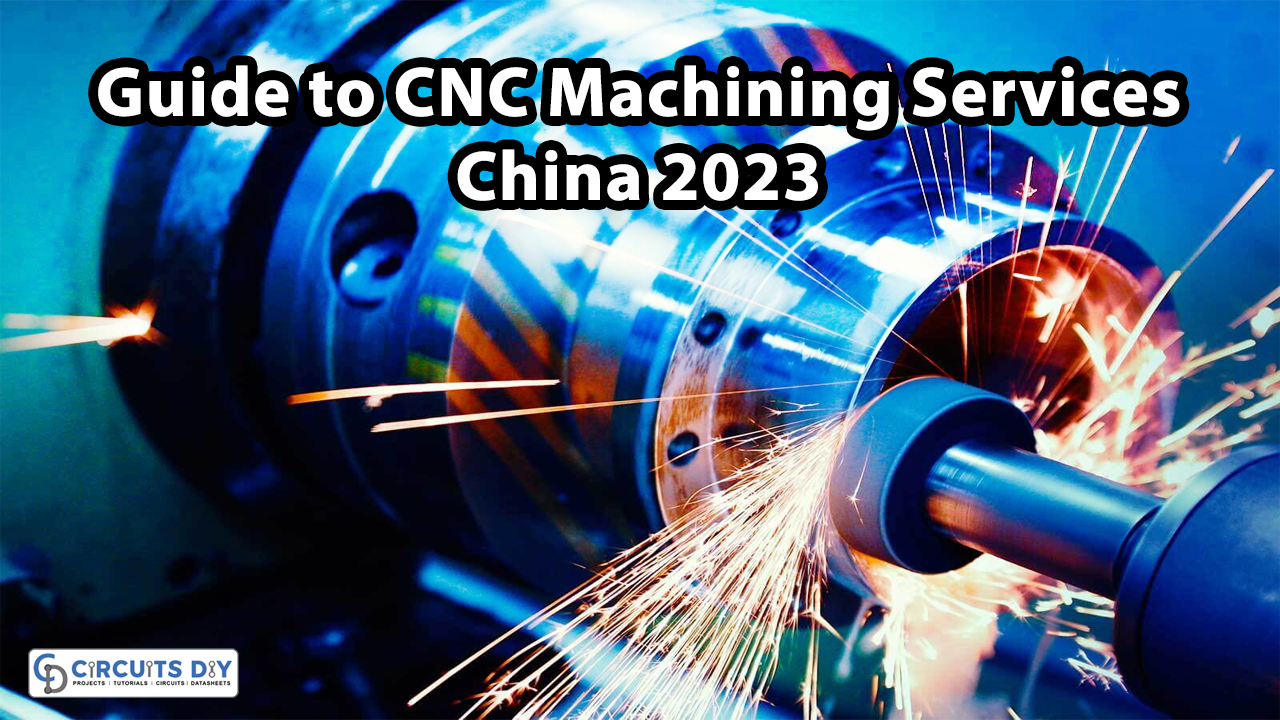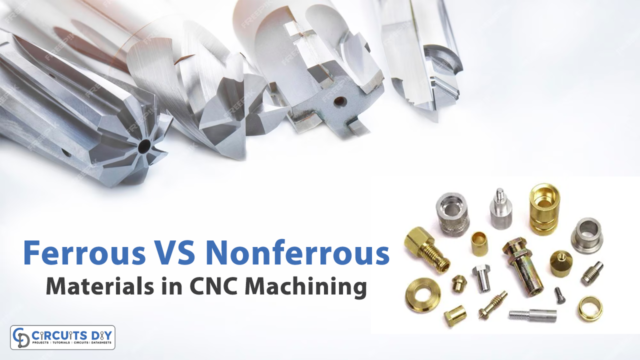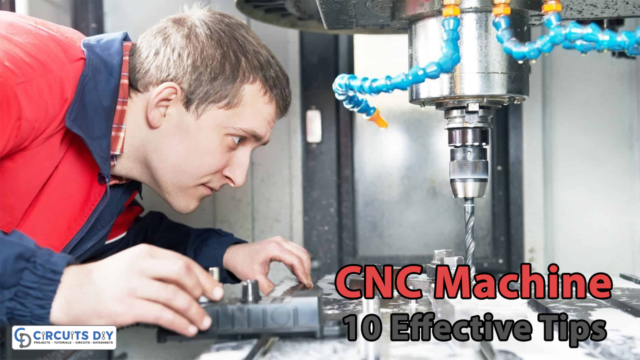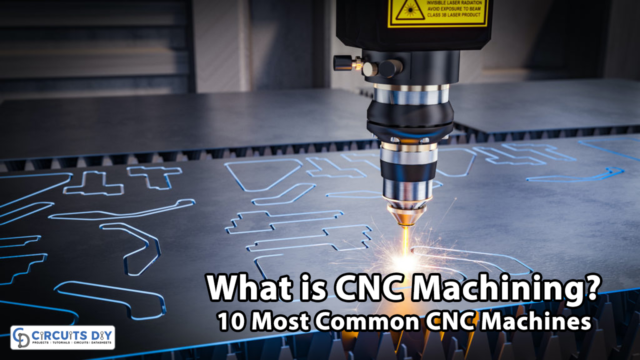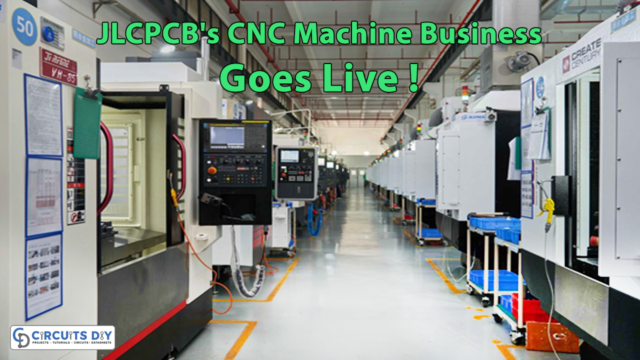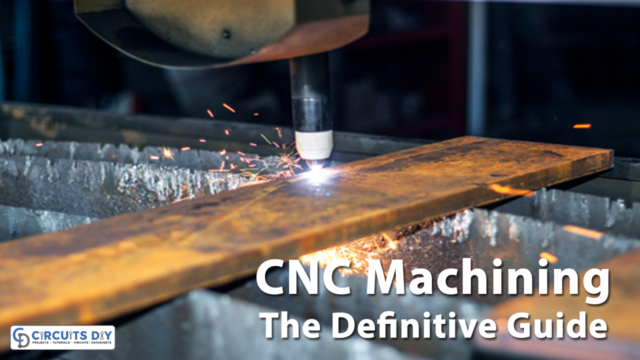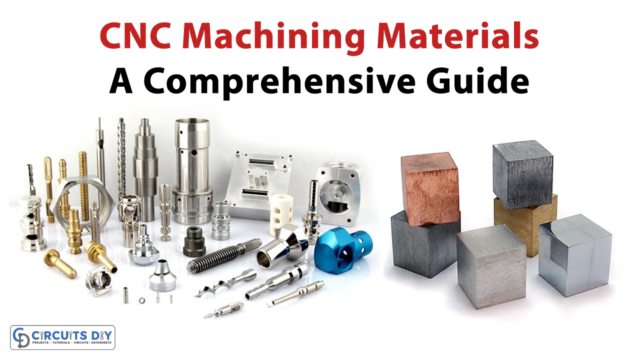When purchasing CNC machining services in china, you may encounter some common problems. This guide may help you; please read on
What is CNC machining and what are its benefits?

CNC machining is a term used to describe the process of manufacturing parts using computer numerical control (CNC) technology. CNC technology is an automated process that uses computers and robots to control machines that cut, drill, and mill metal parts. Benefits of CNC machining include:
Benefits
- Accuracy – The high degree of accuracy achieved by CNC machining means that when parts are made in this way, they fit perfectly with each other and with other parts in a larger assembly. This reduces the need for additional assembly work and allows manufacturers to reduce scrap rates, resulting in cost savings.
- Cost – The cost associated with making parts using traditional methods is high because it requires human labor and training. However, with CNC machining, manufacturers can produce more parts at lower costs because they do not need as many skilled workers or as much time from each employee working on a given part. Furthermore, since there is no need for manual inspection, some types of defects related to human error can be avoided altogether if manufacturers use CNC machining instead of conventional methods for making parts.
- Quality – CNC machines are capable of producing parts with high accuracy and repeatability, which means that each part is as good as the last one made by the machine. This is because they can be programmed to make small adjustments based on measurements taken by sensors located on the tooling head, which helps ensure that every part fits together properly when assembled.
- Time – CNC machines can produce parts in a matter of hours or even minutes, depending on the project’s complexity.
How does CNC machining work, and what types of materials can be processed using this technology?

CNC machining is a process by which parts are created from raw materials. The process begins with creating a 3D model of the part to be machined. This model is then converted into a series of instructions for the CNC (computer numerical control) machine.
The instructions are then carried out on the material by moving the cutting tool along its programmed path. The cutting tool may be moved by hand or by using automated systems.
CNC machining is used in many industries, including aerospace and automotive manufacturing, as well as in the medical and dental fields.
The types of materials that can be machined using this technology include:
- Woods – such as plywood, hardwoods, and softwoods
- Plastics – such as acrylics, polycarbonates, and ABS plastics
- Metals – such as aluminum and stainless steel
- Rubber – such as natural rubber, synthetic rubber, neoprene, and TPE thermosets
CNC machining can be used to create a virtually limitless range of products. It is often used in manufacturing precision parts, such as aircraft components, medical devices, and dental prosthetics.
What are some of the most common applications for CNC machining services in china?

CNC machining is one of the most popular and useful processes in the manufacturing world. It is used to create metal parts, but it can also be used to create plastic parts. The process allows for a high level of precision and accuracy, so it’s perfect for creating parts that need to fit together perfectly.
CNC machining can be used for a wide range of applications, including:
- Building prototypes
- Making medical products
- Creating consumer goods like cell phones and computers
- Building military equipment
- Creating tools for use in industry (such as lathes)
Are there any restrictions on the size or shape of parts that can be machined using CNC technology?
CNC machining can be used to produce any size or shape of the part. However, the limitations are dictated by the size of the machine and its ability to move the cutting tool. The largest parts that can be produced on a typical CNC machine are roughly 3000mm x 3000mm x 3000mm (3m x 3m x 3m).
There are larger machines available that can produce larger parts, but they are extremely expensive and they require operators who have extensive experience with the machines.
Theoretically, it is possible to machine very small parts using CNC technology as long as they can be held in place during machining. There may be some types of work that cannot be done with a CNC machine because of their size or shape, but this will be determined by your specific application and equipment configuration.
Can CNC machining be used to produce finished products, or is it only suitable for producing components and parts ?

CNC machining is a complex process that can be used to produce finished products, but it will not be as efficient as other methods. Instead, CNC machining is best suited for producing components and parts.
CNC machining is a process that uses computer-controlled machinery to create precision parts out of metal, plastic or other materials. The machine uses programs to follow specific instructions and create the desired part while following strict tolerances specified by the customer. CNC machining can be used to produce both simple and complex parts with high accuracy and repeatability.
The first step in the CNC machining process is to create a design for your part using CAD software. You can use this program to draw a picture of what you want your part to look like, then send it off for someone at the factory to translate into code that instructs the machine how to make your part. Once this code has been programmed into the machine’s memory banks, it’s ready to start making your part!
The next step in CNC machining is setting up the machine for production. This usually involves installing tools in their correct positions and making sure everything is calibrated correctly so that each operation will occur at exactly the right place on the part. Once the machine is set up and running, you can start programming your parts! This will usually involve loading a part design file and then telling the CNC machining program where to start cutting. the part. Once the machine is set up and running, you can start programming your parts! This will usually involve loading a part design file and then telling the CNC machining program where to start cutting.
How long does it take to get a part from the design to the final product using CNC technology?
This depends on several factors, but in general, the time it takes to get a part from the design to the final product using CNC technology is between a few hours and several days.
The average time it takes to get a part from the design to the final product using CNC technology is about 24 hours. However, this can vary depending on the complexity of the part, the machine you’re working with, and how many people are working on it. For example, if you’re making something like a lamp or other simple item with only one person working on it, then it could take as little as an hour or two for that person to create the part.
If you’re creating something more complex, like a motorcycle frame or furniture for your home office, then there are likely multiple people involved in creating the parts and assembling them together into their final form. As such, it may take longer than 24 hours for your team of engineers and designers to create these items for you.
There’s also another factor to consider when looking at how long it takes to make a part using CNC technology: how complicated is your design? If you’re using a CNC machine that’s relatively old or doesn’t have powerful software installed on it yet (like a milling machine), then you may need to allow for more time in the design process to make a part that’s complex. For example, if you’re trying to create a new product like an iPhone case made out of titanium and it has a lot of curves and shapes on it, then it may take longer than 24 hours to create that part using CNC technology.

